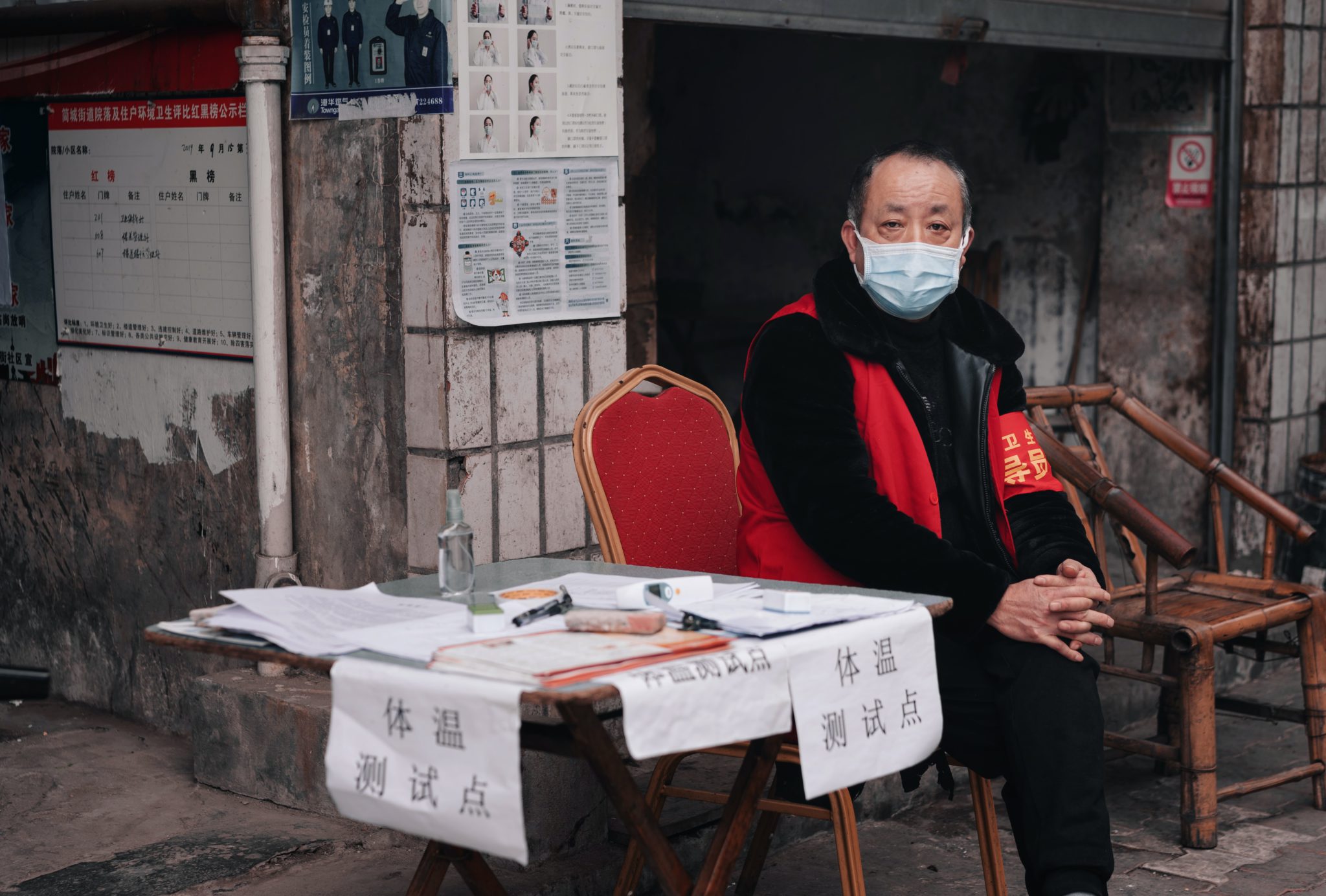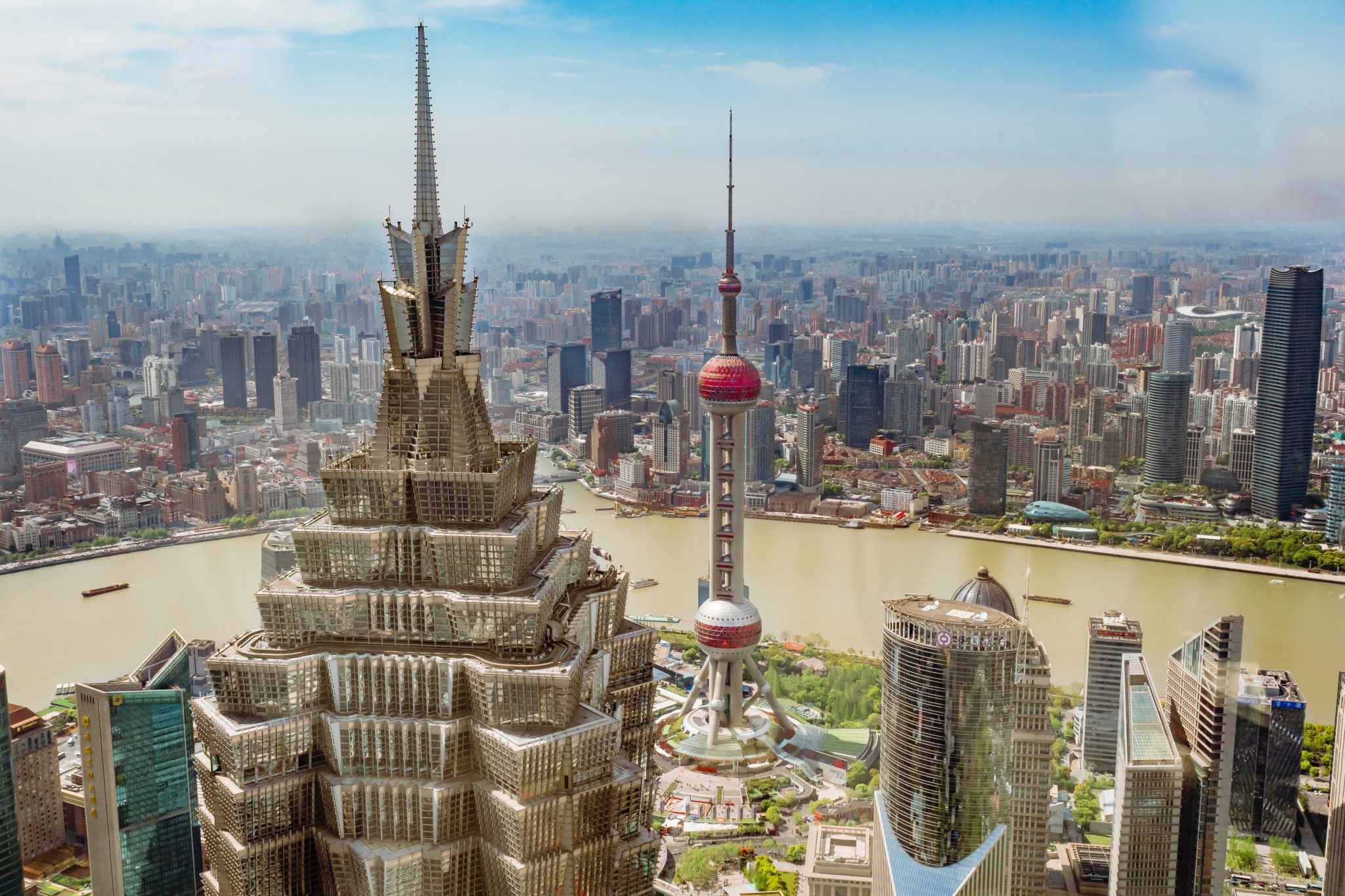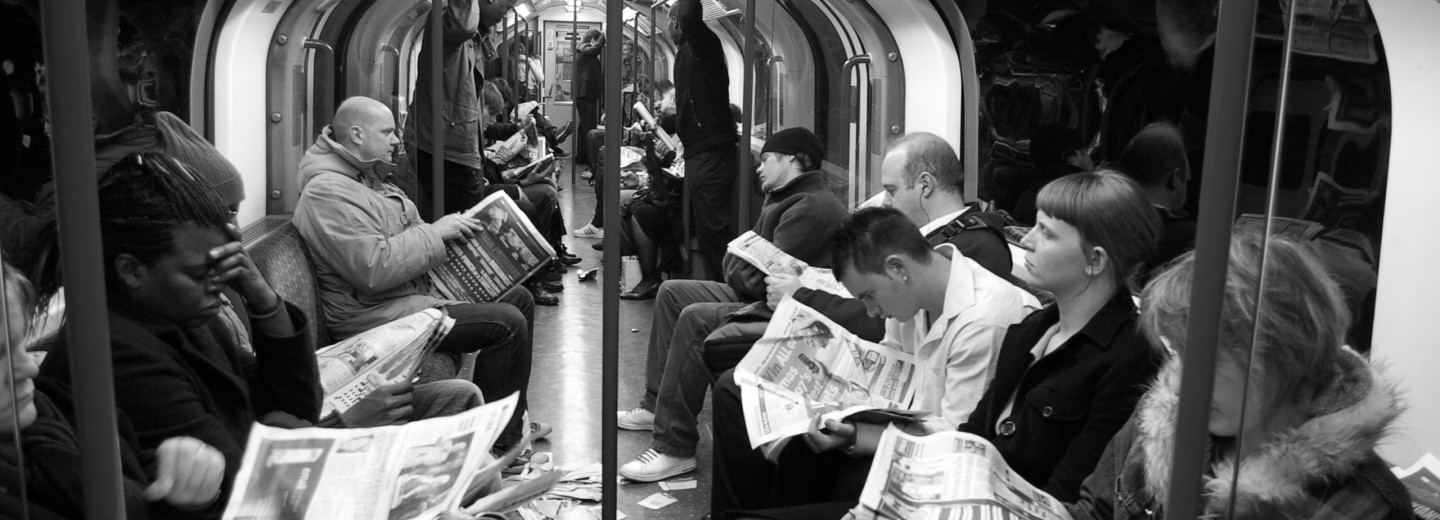China News 20th December 2021
The Chinese media and people cannot understand some of the news about their country in Western media. In our first news article this week, I-feng reports on a speech made by an influential expert in media affairs from China.
Zhao Qizheng, former deputy mayor of Shanghai, recently delivered a speech on the topic of on the basis for telling Chinese stories well. He first mentioned the importance of telling good stories in shaping the image of the country. There is a saying in the international media, especially Germany, called ‘story-driven country’. Does your country have stories in the world? If not, then people know nothing about you.
Zhao Qizheng also cited U.S. elections to illustrate the harm of “false stories” to China’s reputation. In the last U.S. presidential election, presidential candidates attacked each other with so-called ‘China issues. But what we need to think about is why they get votes on the topic of attacking China? The main reason is that over the years, the Western media have told a lot of Chinese ‘bad stories’. These bad stories are smeared, fabricated, and mixed with truth and falsity.
The above views are also confirmed in the data published by PEW Polling Agency. In this poll, in the deliberate smear by the West, the number of people who like China has declined, and the number of people who don’t like China has increased. (We featured this trend in our post about the western media published on 15th October).
Zhao Qizheng also gave an example of 2019 in his speech about fake stories and fake news that smeared China. In October of that year, a refrigerated lorry carrying 39 bodies was found at a port of entry into the United Kingdom. The foreign media immediately said:
Two days later, it was confirmed that the people on the bus were from Vietnam instead of China. However, CNN only reported in a few words on the Internet that “it is now found that it is (the dead across the border are) Vietnamese”. Zhao Qizheng said that this is a fake story fabricated by the West that is deliberately harmful to China.
Fake stories are created by a few people and actively promoted. The biggest fake story in modern times is the China Threat Theory, which is constantly refreshed with fake stories. Zhao Qizheng highlighted some conspiracy theories in the West about the coronavirus epidemic as an example, “The then President of the United States, Trump, once said that ‘the virus is called the Chinese virus or the Wuhan virus’. Once such argument spreads, can Americans have a good impression of China?

As for how to refute these “fake stories”, Zhao Qizheng said that it is not easy to refute fake stories. They can be refuted not by emotions, but by national self-esteem and facts. He mentioned the important role of media integration and strengthening the integration of media and think tanks in telling Chinese stories well and refuting fake stories.
For example, consider the Sino-US human rights dispute. Every year in the first week of March, the United States publishes a report called the Country Reports on Human Rights Practices. This human rights report is about China, Pakistan, and India. Faced with this situation, Zhao Qizheng suggested that the Information Office of the State Council, should also publish an “American Human Rights Record”.
“Why use the word ‘record’?” “I said I wanted to be realistic. However, this task is not easy. Translating Chinese into English may turn out very different from the original news.” After the publication of the “American Human Rights Record”, a Singapore newspaper commented, “Does the United States really care about human rights in China? Does China really care about human rights in the United States? They are not really concerned. These are totally political struggles.”
In answer to a question after his speech, Zhao Qizheng also recalled how he shared the story of “Pudong Development” with the world in its early years. At that time, the West was always sceptical of Pudong opening up, and said that Pudong development was just a propaganda slogan for China. For this kind of fake news, Zhao Qizheng’s strategy was always to tell firmly the story of Pudong.

“I told George H.W. Bush about the development of Pudong. In January 1994, George H.W. Bush visited Shanghai. I used a laser pointer to introduce the development and opening of Pudong to the model built on a table. This is a substation, this is a subway, and this is a financial building… “At that time, the laser pointer was still very strange, weighing over one kilo and was imported. Bush Sr. said to me, “I’ve seen this type of pointer. During the Gulf War, General Powell reported to me on the situation and used one”. Bush Sr. also nodded and said yes, ‘If I were a few years younger, I would also come to Pudong to invest’.”
Zhao Qizheng said:
Source: finance.ifeng.com.
Hong Kong’s nostalgia continues. This HK01 story covers the history and background of one of Hong Kong’s most famous landmarks.

A century-old clock tower witnesses the relationship between the two places.
As a landmark of Hong Kong, Tsim Sha Tsui Clock Tower is well-known to Hong Kong people. To commemorate the centenary of the bronze bell, the bell tower rang again on Thursday 9th December after 71 years. The nearby Cultural Centre also arranged an exhibition of the history of the bell tower.
The main building of Tsim Sha Tsui Clock Tower was built in 1915. At first, there was only one clock and no bronze bell, so it would not ring. It became what it is today after the bronze bell was officially installed in 1921.
From the time it was built until 1950, except for a brief suspension during the Japanese occupation, the clock tower kept telling the time and ringing every day. However, after the clock was replaced in 1950, the time of the clock face and the brass bell ringing was inconsistent, and the ringing ceased.

The clock tower was originally built as equipment for the Hong Kong (south end) terminus of the Kowloon-Canton Railway (KCRC). After the terminus was moved to the current Hung Hom terminus in 1975, the clock tower was left alone at the original site, as part of Hong Kong’s cultural district with the cultural centre.
The clock tower was still part of the Kowloon-Canton Railway Station in 1921, and the bell began to ring the same year. The clock tower was still part of the Kowloon-Canton Railway Station in 1921, and the bell began to ring the same year.
The clock tower is inseparable from the Kowloon-Canton Railway. (Canton is the anglicised name for the city of Guangzhou in Guangdong province). Although Hong Kong was occupied by Britain since its opening as a port in 1841, it has always maintained a very close relationship with the Mainland. In the early days of Hong Kong’s development, most of the workers working in Hong Kong were a mobile population that shuttled between Hong Kong and the Mainland. Many of them were Mainlanders who went to Hong Kong from Guangdong Province to make a living. They usually worked in Hong Kong for a period and returned to their hometowns when they became older.
Until the founding of New China in 1949, the border between Hong Kong and the Mainland was open to allow free movement of Chinese, which also facilitated the movement of the population between Guangdong and Hong Kong.
Mainlanders became the main labour force of Hong Kong and made an indelible contribution to the development of Hong Kong. For this reason, the Kowloon-Canton Railway, which was originally responsible for the operation of the Kowloon-Guangzhou railway transport, assumed the important mission of communicating the population between the two places. It can be described as one of the important “infrastructures” in Hong Kong’s early years and is the source of life for Hong Kong’s labour force.
In 1949, when the People’s Republic of China was founded, many immigrants and funds from the Mainland flooded into Hong Kong, providing an important foundation for the economic take-off and development in the future. After the wave of immigration, population movement was no longer as important as it was in the early years. The mission of the Kowloon-Canton Railway to connect the Mainland and Hong Kong gradually faded. It was increasingly used for railway transportation in Hong Kong and was almost the same as the subway. Eventually, the two railways were merged in 2007.
The importance of the Kowloon-Canton Railway is changing day by day. In 1975 the terminus was moved from the original site of the clock tower to Hung Hom. The clock tower also changed from its original function and became a landmark building that symbolizes history and culture.
Nevertheless, after the return of Hong Kong, the relationship with the Mainland has become closer again. The future development of Hong Kong is closely related to the entire Greater Bay Area, so contacts with the Mainland will only increase.
Of course, the relationship in the new era is no longer the simple provision of labour, but a more complicated exchange of talent and funds. But just like the history of the clock tower, we should all be ready to meet the changes in the new era.
Source: hk01.com.
Worked on the article:

Wanlikhang





